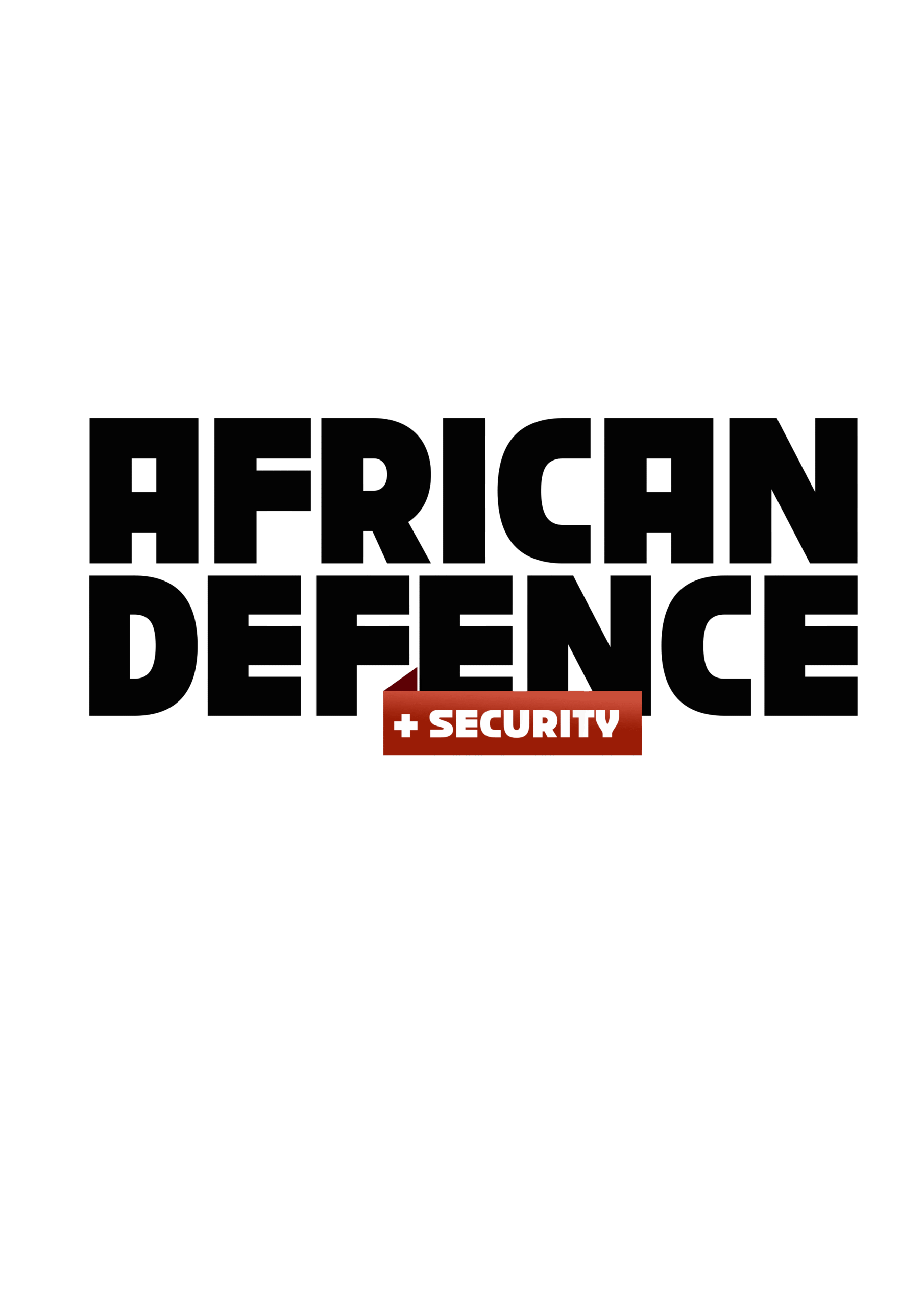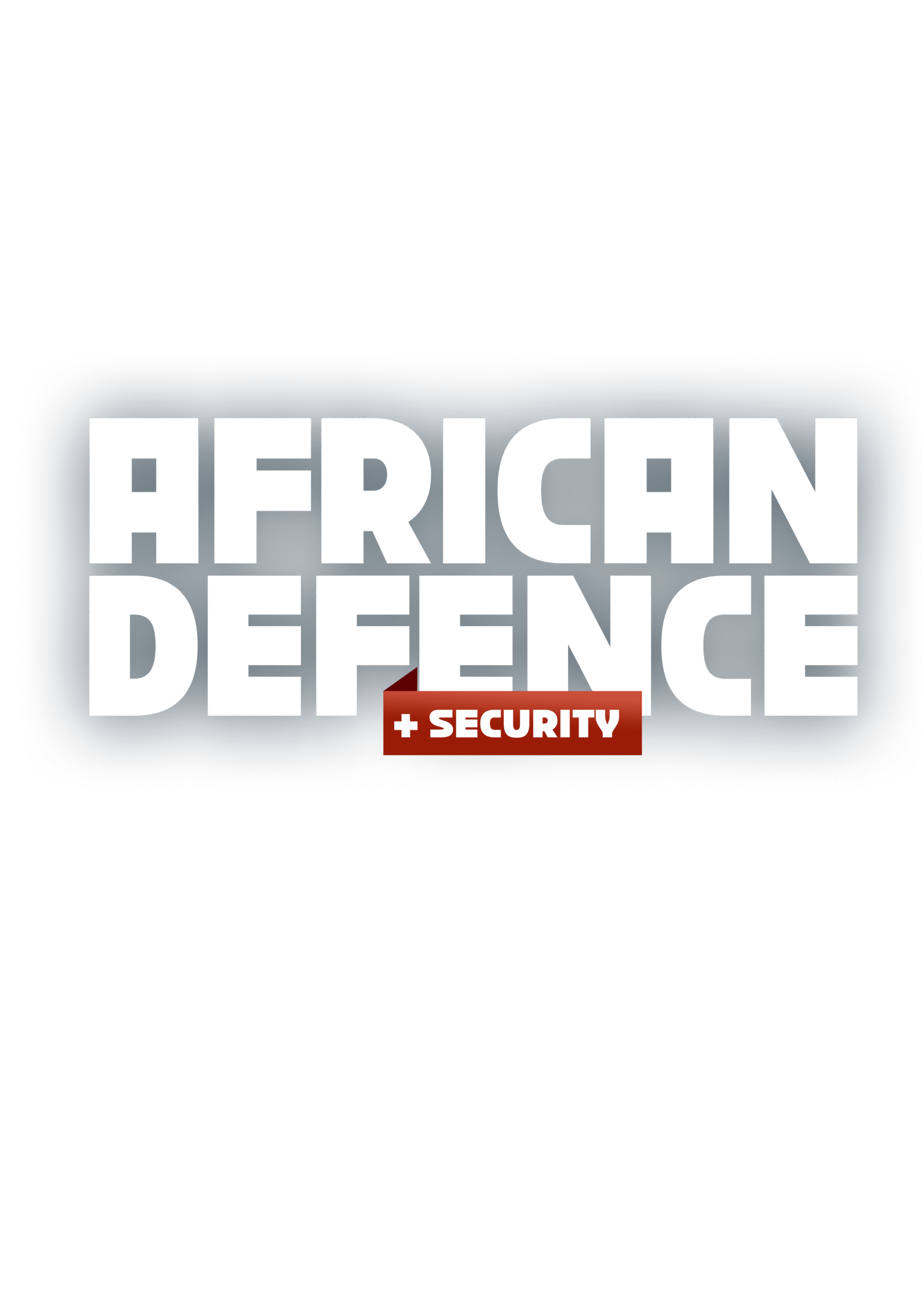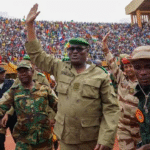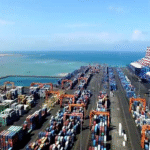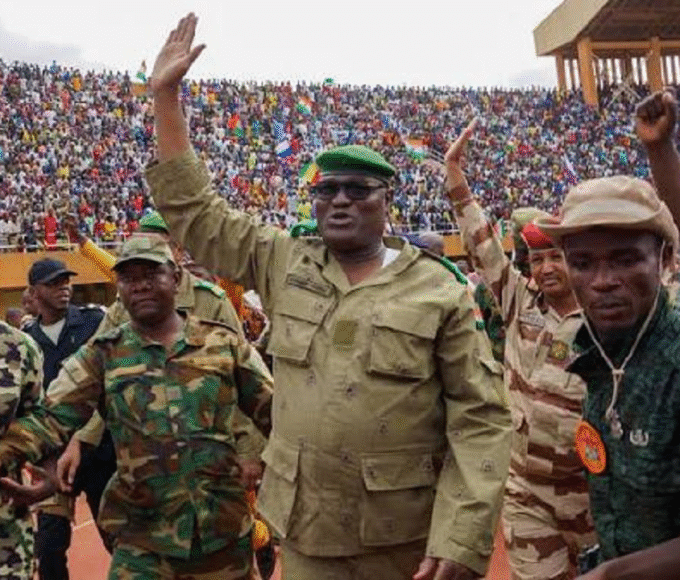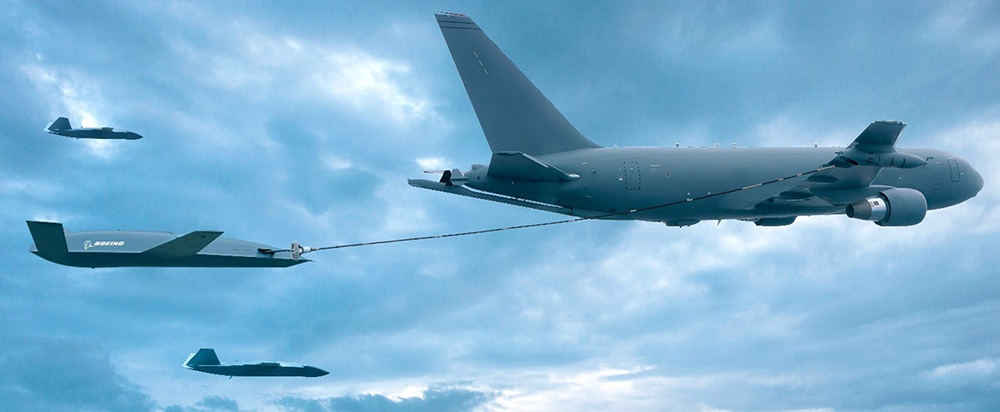
AERIAL REFUELLING IN AFRICA: WHO HAS THE CAPABILITY?
Aerial refuelling transferring fuel between aircraft in mid-flight is one of modern air power’s greatest force multipliers. It extends range, endurance, and flexibility, enabling fighters and patrol aircraft to stay aloft longer and reach distant targets. In a continent as vast as Africa, where terrain, distance, and limited infrastructure often constrain air operations, the ability to refuel in the sky can make all the difference.
Yet across Africa, only a handful of nations have developed or maintained this capability. The reasons are simple but daunting: high costs, complex technology, and the logistics required to keep tanker aircraft flying. Most of those that can refuel in the air are concentrated in North Africa — where competition, resources, and regional rivalries continue to drive investment in advanced airpower.
Related Article: INDIA’S GROWING MILITARY PARTNERSHIPS WITH AFRICA
ALGERIA: LEADING THE CONTINENT
Algeria remains Africa’s undisputed leader in aerial refuelling. The Algerian Air Force operates a fleet of Soviet-designed Ilyushin Il-78 Midas tankers, capable of refuelling multiple aircraft simultaneously through a three-point probe-and-drogue system.
With six aircraft acquired since the early 2010s five of which remain active Algeria uses its Il-78s to extend the range of its Su-30MKA fighters and other platforms. Based at Ain-Beida Air Base, these tankers support long-range patrols over the Sahara and Mediterranean, giving Algeria the ability to project power and maintain vigilance across an immense territory. Their presence also strengthens Algeria’s hand in its enduring rivalry with Morocco and in countering threats from armed groups in the Sahel.
EGYPT: ENDURANCE ACROSS FRONTS
Egypt’s air force, one of the largest and most diverse in Africa, relies on the Lockheed KC-130H Hercules for its aerial refuelling missions. These modified transports, fitted with underwing pods, can refuel Egypt’s F-16s, MiG-29s, and Rafales using the probe-and-drogue method.
Egypt’s cooperation with U.S. and Chinese forces underscores its focus on interoperability and counterterrorism, even as the age of its platforms limits expansion of this capability.
MOROCCO: MODERNIZING FOR REACH
Morocco’s Royal Air Force also maintains aerial refuelling through its KC-130H Hercules aircraft, used primarily to support F-16 operations over Western Sahara and coastal patrols along the Atlantic. Morocco emphasizes interoperability with Western partners, regularly training with U.S. KC-135 Stratotankers during African Lion exercises.
The country is now modernizing its fleet with the acquisition of the Embraer KC-390 Millennium a multi-role transport that doubles as a tanker. The new aircraft will significantly expand Morocco’s refuelling and rapid deployment capability, reinforcing its shift toward advanced Western systems and further deepening its defense ties with NATO partners.
SOUTH AFRICA: A CAPABILITY LOST?
South Africa once boasted one of the continent’s few aerial refuelling fleets, operating Boeing 707-328C tankers during the Cold War and the Border War. These aircraft enabled long-range reconnaissance and transport missions until they were retired in 2007 due to budget cuts and aging airframes.
While the South African Air Force has expressed interest in the KC-390 as a future replacement, it currently has no operational tankers. Training and exercises now depend on cooperation with allied nations, reflecting the financial and logistical constraints faced by many sub-Saharan militaries.
THE WIDER PICTURE: FEW AND FAR BETWEEN
Beyond these few cases, aerial refuelling in Africa is largely absent. Many air forces struggle with fuel logistics, limited technical expertise, and the maintenance burden of aging fleets. Sanctions and supply chain challenges also make acquiring spare parts or modern equipment difficult.
Countries like Nigeria have explored refuelling options through demonstration flights but remain focused on more immediate needs such as transport and surveillance. Instead, some have adopted creative ground-based solutions, using mobile fuel trucks and improvised bowsers to improve turnaround time between sorties.
TRAINING AND PARTNERSHIPS FILL THE GAP
Where equipment is scarce, partnerships step in. International exercises such as African Lion and Bright Star provide critical training opportunities for African pilots to practice refuelling procedures with U.S., French, or Chinese tanker aircraft. These engagements not only build skill and confidence but also enhance interoperability a key advantage during joint operations or peacekeeping missions.
The future of aerial refuelling in Africa is likely to grow slowly but steadily. Multi-role aircraft such as the A330 MRTT and KC-390 offer cost-effective solutions for nations seeking to modernize without investing in dedicated tankers. Algeria’s sustained investment and Morocco’s upcoming KC-390 fleet point to North Africa’s continued dominance in this niche capability.
King Richard Igimoh, Group Editor ALO
King Richard Igimoh, Group Editor African Leadership Organisation is an award-winning journalist, editor, and publisher with over two decades of expertise in political, defence, and international affairs reporting. As Group Editor of the African Leadership Organisation—publishers of African Leadership Magazine, African Defence & Security Magazine, and Africa Projects Magazine—he delivers incisive coverage that amplifies Africa’s voice in global security, policy, and leadership discourse. He provides frontline editorial coverage of high-profile international events, including the ALM Persons of the Year, the African Summit, and the African Business and Leadership Awards (ABLA) in London, as well as the International Forum for African and Caribbean Leadership (IFAL) in New York City during the United Nations General Assembly.
Recent Posts
Categories
- Air & Aerospace15
- Border Security14
- Civil Security3
- Civil Wars4
- Crisis4
- Cyber Security4
- Defense15
- Diplomacy17
- Entrepreneurship1
- Events5
- Global Security Watch6
- Industry6
- Land & Army7
- Leadership & Training3
- Military Aviation2
- Military History27
- Military Speeches1
- Naval & Maritime8
- Resources1
- Security12
- Special Forces1
- Systems And Technology8
- Tech6
- Uncategorized3
- UNSC1
- Veterans6
- Women in Defence9
Related Articles
ECOWAS MILITARY INTERVENTION IN NIGER: A TURNING POINT?
The coup d’état in Niger on July 26, 2023, marked a seismic...
ByKing Richard Igimoh, Group Editor ALOOctober 7, 2025CELEBRATING 60 YEARS OF DICON: AN OVERVIEW
The Defence Industries Corporation of Nigeria (DICON), established in 1964 by an...
ByKing Richard Igimoh, Group Editor ALOAugust 27, 2025